
While expensive flagship phones are fun, we’ve got a lot of respect for a high-performance bargain. If our Google Pixel 6a review found the phone uninspired, it has enjoyed a second-life like almost no other phone. The successor Pixel 7a is likely weeks away, and if Google can nail the basics on day one, we won’t need a resurrection for this year’s Pixel a-series before we put it near the top of our best phones list.
So let’s cut to the chase: the Pixel 7a needs to be cheap. Recent rumors suggest that it could cost $499 in the US at launch, which would be a $50 increase over the Pixel 6a when that phone first went on sale in July 2022. The older phone now costs around $299, which is a one-third price cut over its original price.
Google finally found meaning in the a-series launches with an inexpensive Pixel 6a, but I’m worried it hasn’t taken this lesson to heart. In every region, the Pixel 6a is one of the best bargain phones around. It’s no wonder that rumors suggest Google will keep this dirt-cheap flagship clone on shelves.
The Pixel 5a was a disappointment and a laggard. It was overpriced and forgettable. Before it launched, I questioned whether Google would stick with the expensive 5G phone world, or if it should bother. Within months, it was replaced by the Pixel 6 and Pixel 6 Pro, and Pixel destiny changed forever.
With Pixel 6, Google made a phone I could recommend
The Google Pixel 6 and Pixel 6 Pro were the first real flagship-level Pixel devices, ready to compete with Samsung and Apple’s best phones. That’s important for Google because in every market its phones run a distant third or further behind the two phone behemoths.
Previous Pixel phones were bargain-priced, with Google-exclusive features and software, but they weren’t flagship competitors. They had mid-range chipsets from Qualcomm, which meant they weren’t very fast. They lacked the high-end cameras and features of the best iPhones and best Samsung phones. They also looked and felt cheap – plastic and boxy.
Samsung used to make phones that felt cheap, then it entered the flagship arena by refining its materials and design with the Galaxy S6 and Galaxy S6 edge. In the same way, Google took six generations to realize that snazzy design, cool colors, and a refined overall finish matter to buyers (and reviewers).
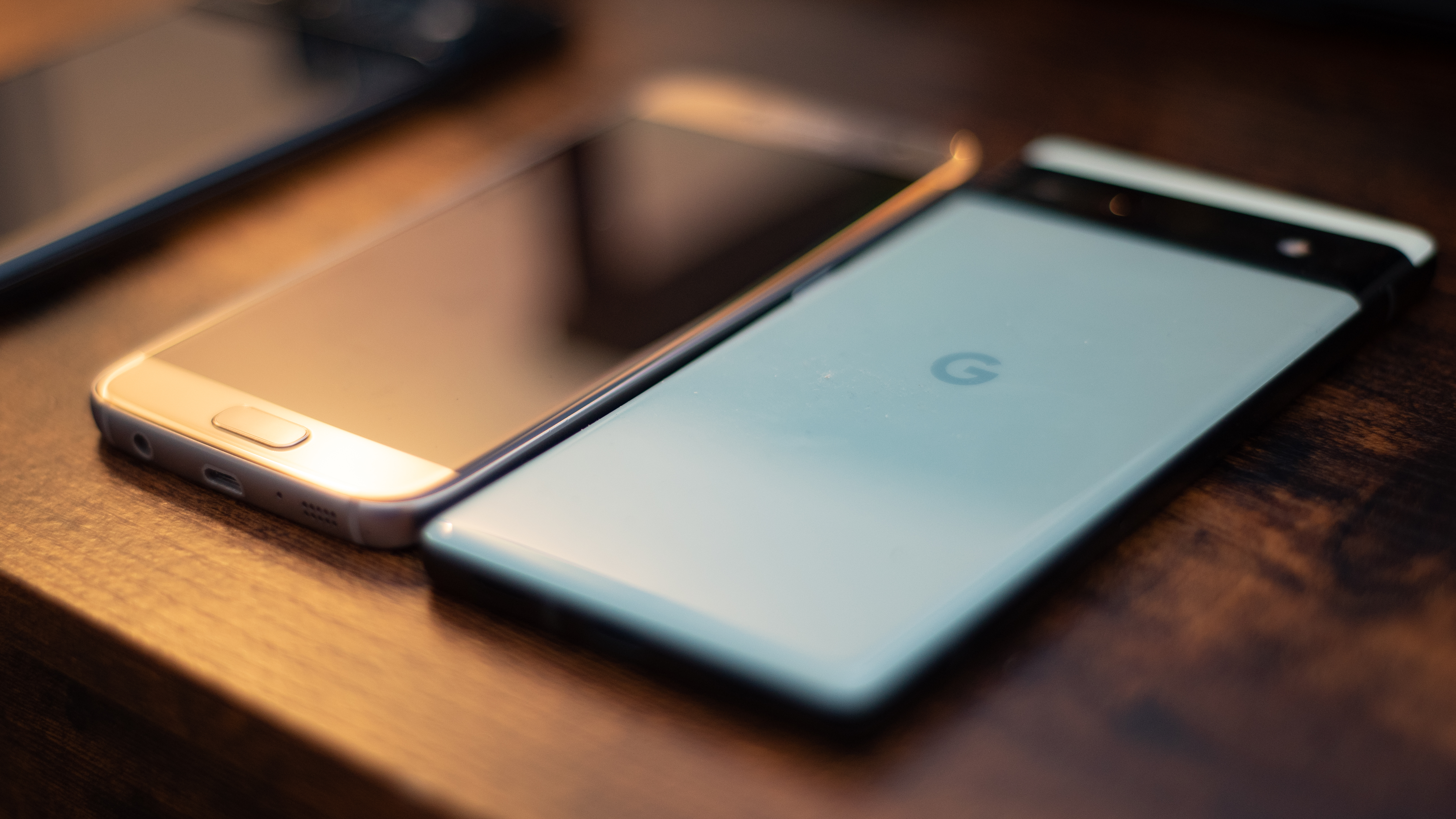
Along with the high-end look came a new level of Google Tensor chip performance. The Tensor chipset may not be the fastest platform in terms of raw power, but it is optimized for Google’s phones, with features that are still exclusive only to the newer Pixel phones that use its in-house chip brand.
Somehow, the improved performance and radical design improvements also came with a price decrease, at least in the US. In the rest of the world, prices remained mostly stable, even though the phone was markedly improved with a more premium feel.
Not only that, the Pixel 6 was good! It was exciting! It had interesting photo features that we couldn’t find on other phones. Other phones could erase objects from photos but the Pixel’s Magic Eraser does it best.
Pixel 5a left it's weight for the next phone to carry
Along comes the Pixel 6a, carrying a lot of emotional baggage. The phones it replaced, the Pixel 5 and Pixel 5a, were overpriced and underpowered. They showed up empty-handed, with no Pixel 5 Pro or Pixel 5a XL upgrades.
The Pixel 5 came out more than a year after the Pixel 4, and the Pixel 5a, supposedly a mid-year update, was launched 11 months later. Less than two months after the Pixel 5a arrives, late for work and dressed in last night’s clothes, the Pixel 6 knocks on the door, dressed for a fancy night on the town.
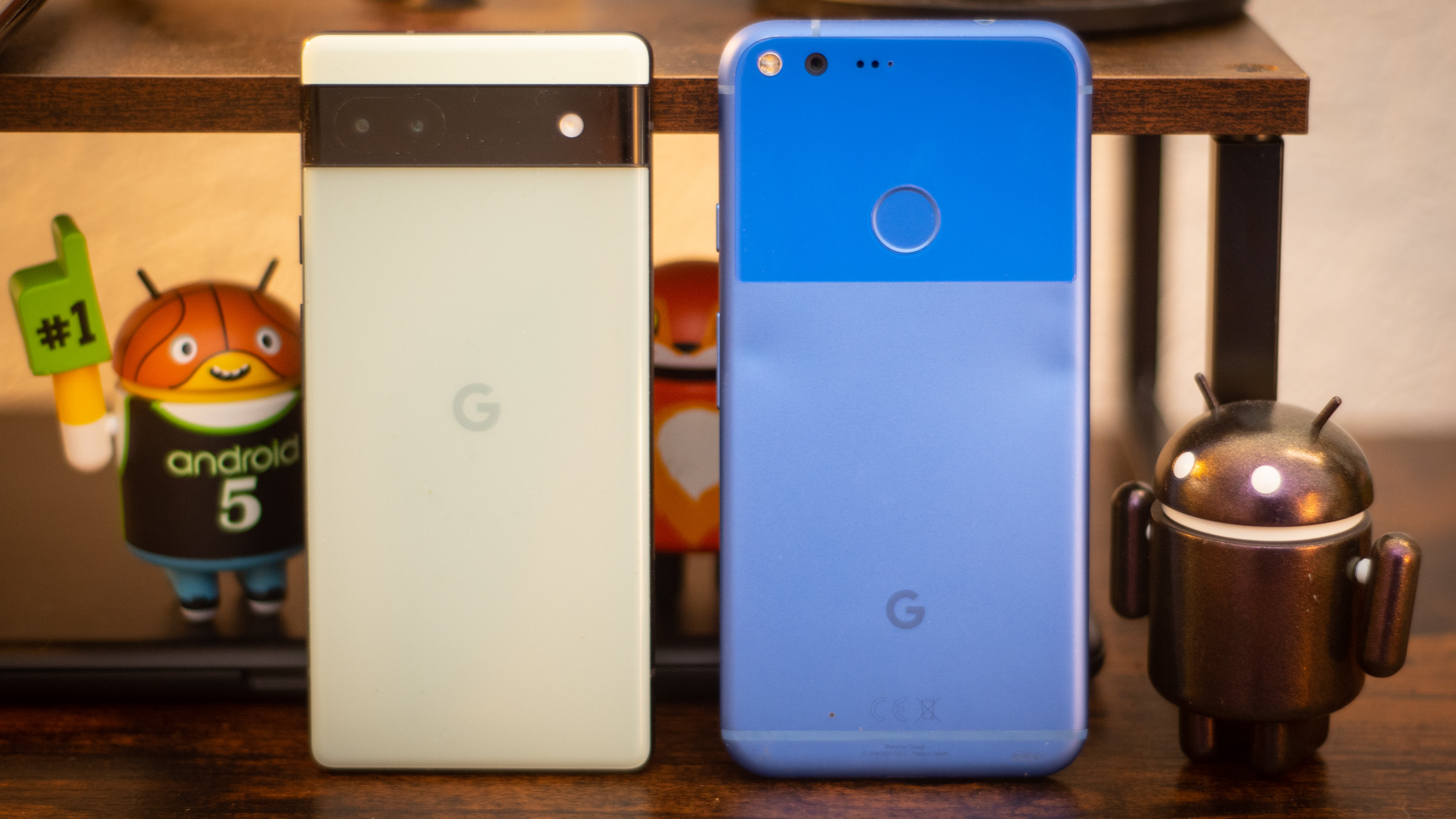
The Pixel 5a was an also-ran, but it was a solid bargain at the time. It had the same processing power and the same great cameras as the Pixel 5. It had a slightly larger display, though the tech wasn’t as advanced. The battery was even bigger! All of this for hundreds less than the Pixel 5.
It seemed like Google was making a gesture with the Pixel 5a, asking for forgiveness for the delay, the high price, and underwhelming performance of the Pixel 5 model. Just look past the boring blocky design. Forgive, and you can have this Pixel 5a cheap. Or forget, and in a couple of months you can have the Pixel 6 and Pixel 6 Pro.
Or wait – we’ve got something even better to show you
When the Pixel 6a was announced as a follow-up to the Pixel 6, we were excited because it would pack the same flagship-level Tensor chipset. That means it gets the same exclusive Google features.
The Pixel 6a cost more than the Pixel 5a in most markets, and the same in the US, but it was still priced much less than the Pixel 6. You got Tensor performance at a bargain, and that’s a great promise for mid-year a-series phones.
Unfortunately, it was neither enough promise nor enough bargain. The Pixel 6a is a fast enough phone, but Google withheld more from the 6a than it did when it crafted the 5a from the Pixel 5. The Pixel 5a got some benefits over its big brother. The Pixel 6a was only downgraded.
The Pixel 6a has a smaller battery, thanks to its reduced display size. This made a big difference in our review, and battery life is a key feature we need. You can cut almost any other feature for the a-series phones, but they need a bigger battery. That’s how buyers will appreciate the bargain.
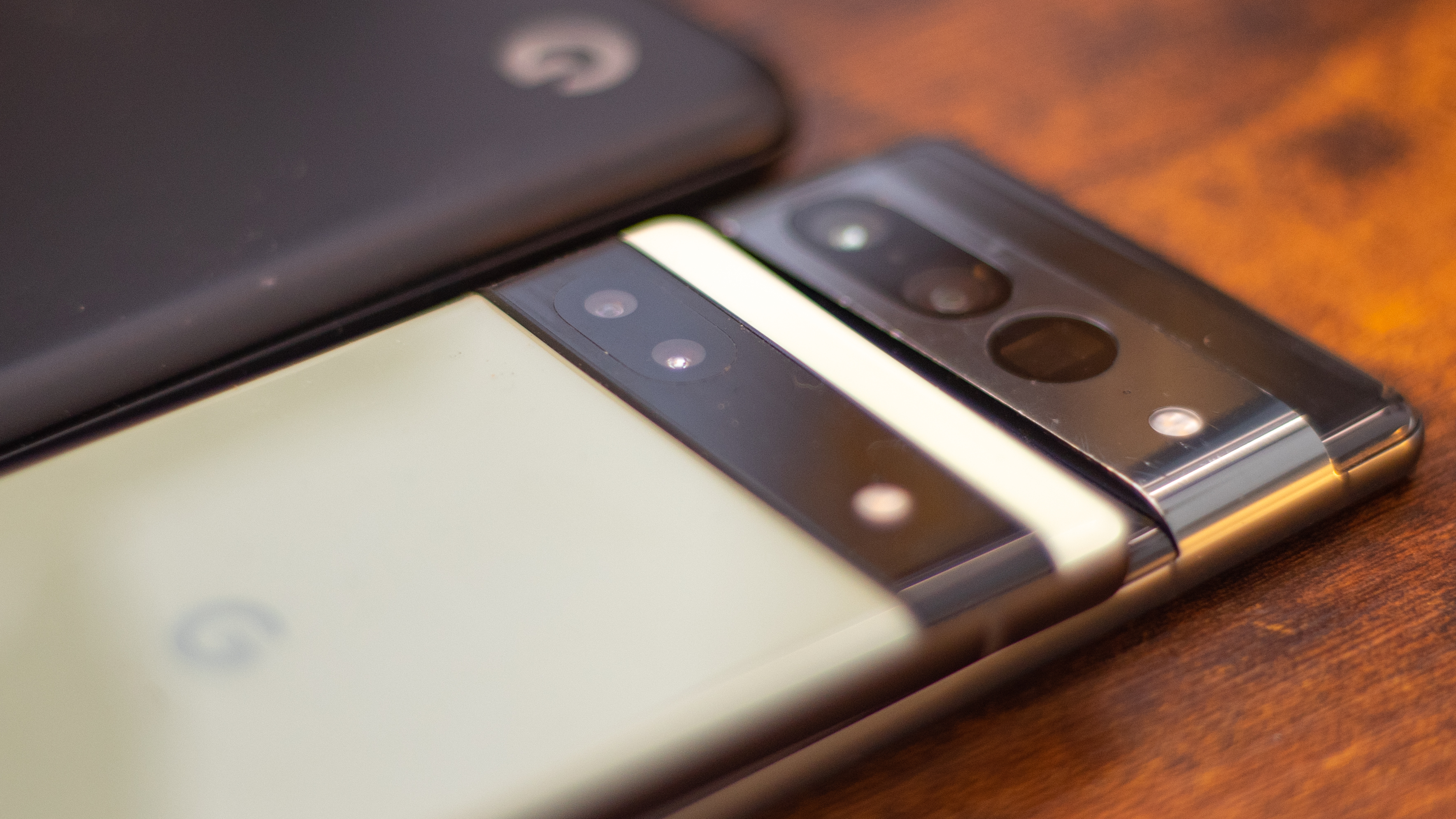
The Pixel 6a also lost a lot of the camera capabilities of the Pixel 6. It turns out this didn’t matter so much, but on a spec sheet, you’re getting a lot less when you buy the Pixel 6a. That wasn’t true with the Pixel 5a.
The Pixel 6a doesn’t care about your spec sheets
How did the Pixel 6a redeem itself? First of all, the price breaks have been consistent. WIthin a few months, you could find the Pixel 6a on sale. Within a year, it was the bargain it should have been from the start.
The Pixel 6a now costs, in the US at least, about a third less than it did at launch. It was roughly a $450 phone on day one, and now you can buy one for $300 in the US, without a trade or contract.
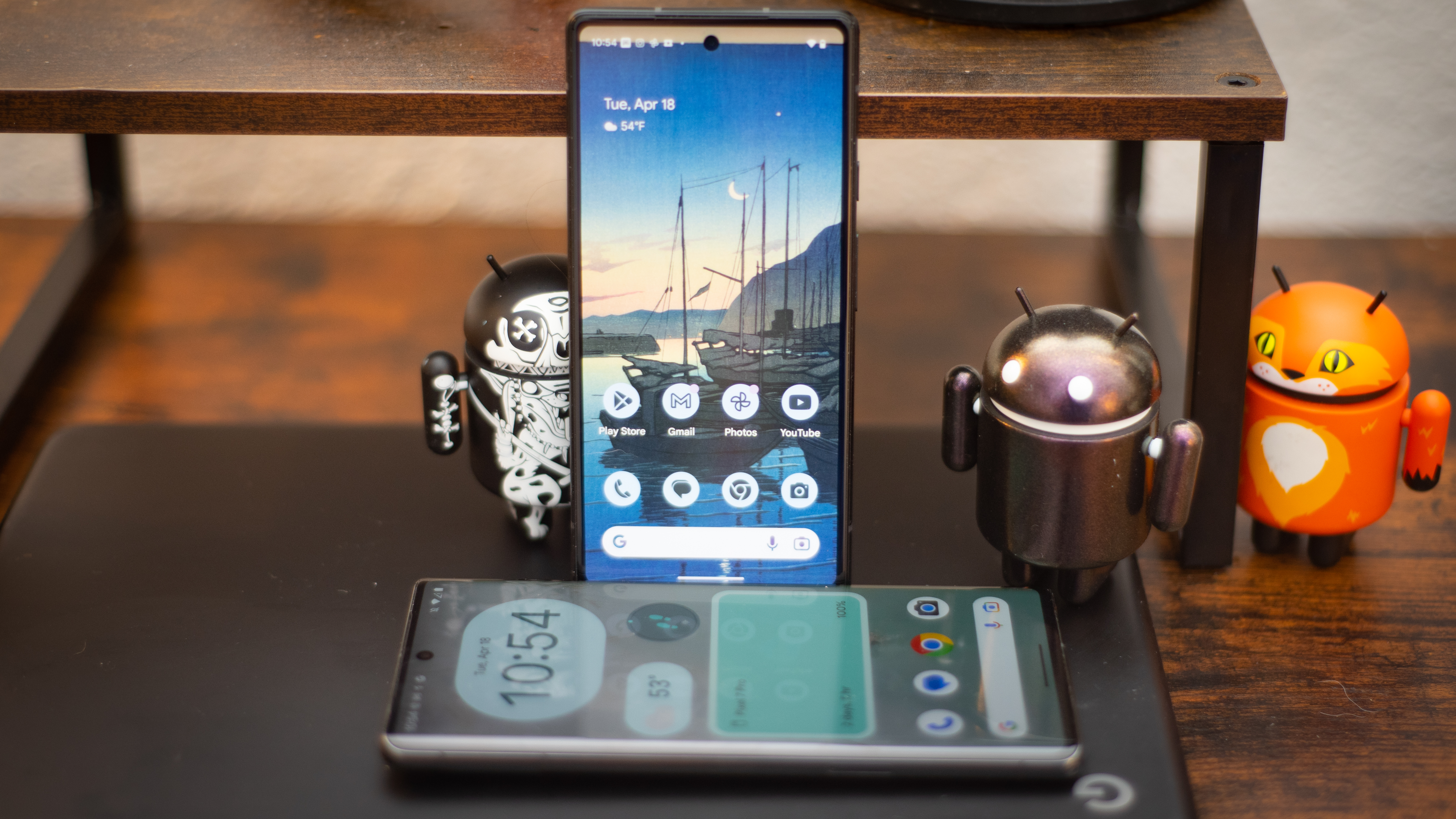
For the performance and capabilities, there is no phone in that price range that comes close. That’s before we consider the added value of the Google exclusive features that only the Tensor phones get, like the Photo Unblur and better voice recording features that have been added to the Pixel 6a since launch.
The cameras on the Pixel 6a have impressed us and owners much more than we originally supposed. Even though the phone uses only 12MP sensors, that is enough for great shots. It has the same camera specs as the Pixel 5 for the main wide camera, and a better ultrawide sensor than before.
How is this possible, that the Pixel 6a could take photos that often look as good as the 50MP Pixel 7? Most phones shoot in a high resolution but reduce the final image to 12MP. Phones like the Apple iPhone 14 Pro use a 50MP sensor to create a 12MP image, combining multiple pixels in a technique called pixel binning. Each of those final pixels is the average of four original sensor pixels.
If the Pixel 6a uses a 12MP sensor that is good enough, tuned with Google’s image processing, then users don’t need all of the extra pixels. A 12MP camera can take 12MP photos just as well as a 50MP or 200MP camera, if everything works perfectly. Google’s Pixel 6a creates photos as close to perfect as a 12MP camera can get.
How the Pixel 7a could prove Google gets it
Based on our experience with the Pixel 6a, the next a-series device needs to do three things very well. First of all, it needs to take photos at least as well as the Pixel 6, with more capability than the Pixel 6a. More pixels may not improve image quality, but it will allow us to crop images better, or Google could make up for pixels with a real telephoto zoom.
Second, the Pixel 7a needs a bigger battery than the Pixel 7. That won’t be hard, because the Pixel 7 battery is already too small, a 4,355 mAh cell. The battery size will depend on the display, but I’d like to see the Pixel 7a as close to 5,000 mAh as possible. More than that is unlikely.
Finally, let’s skip the pricing nonsense and get to the real price faster. If Google wants to launch the phone at $499, that’s fine, as long as early buyers get a free Google Pixel Watch or Pixel Buds Pro as a bundle. After the initial sales calm down, drop the price fast.
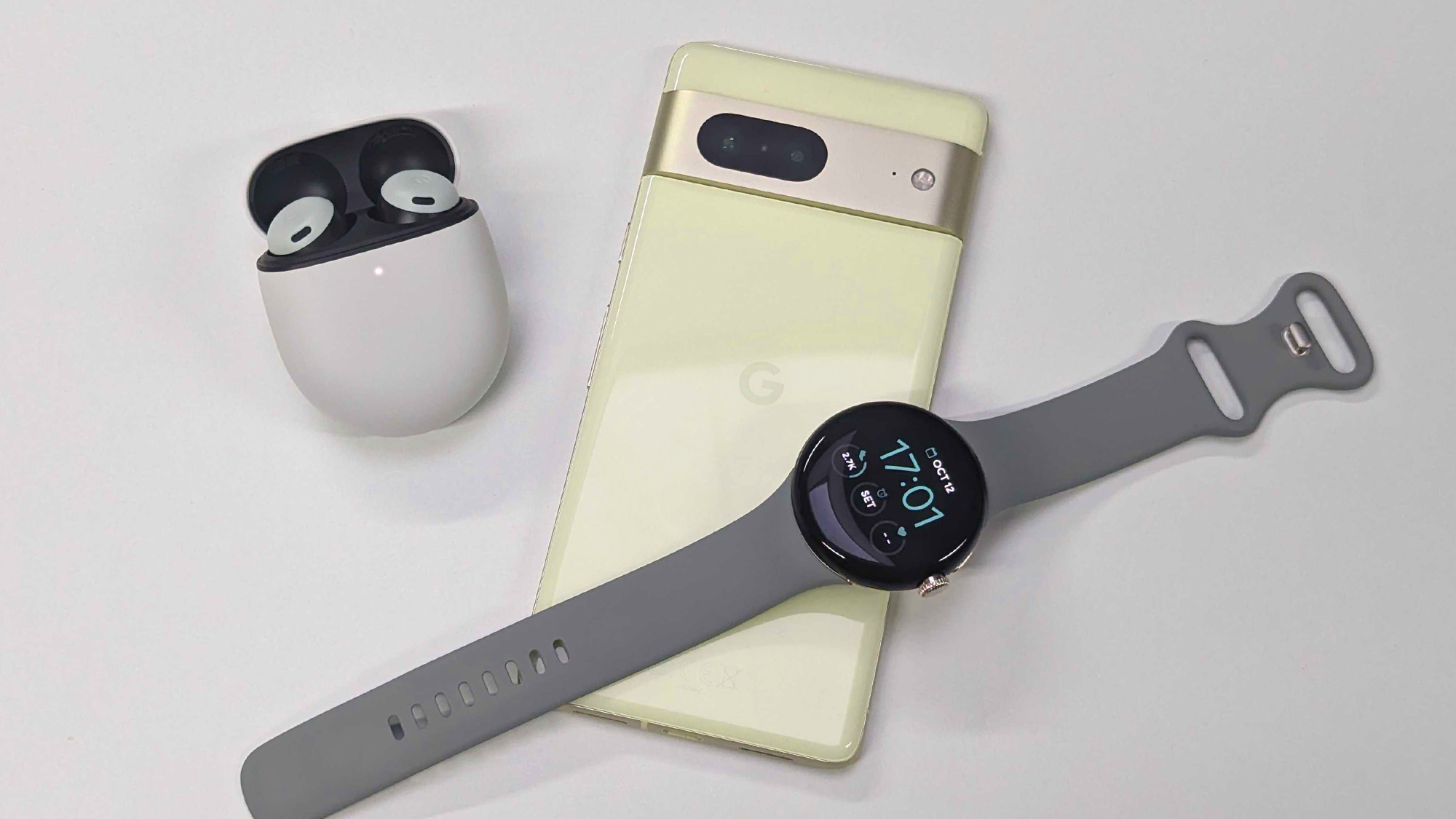
How low should the price go? That depends on how much of a downgrade the Pixel 7a offers compared to the Pixel 7. If I get a few smart spec cuts but a larger battery, I’d say it’s worth more. If it’s a downgrade all around, it’s time to start slicing the price tag into thirds.
If Google is serious about the Pixel 7a, it won’t give us an overpriced and underpowered knock-off of last year’s flagship. It will give us a bargain phone that looks and feels as premium as the flagship, with just the right features to make it great.







